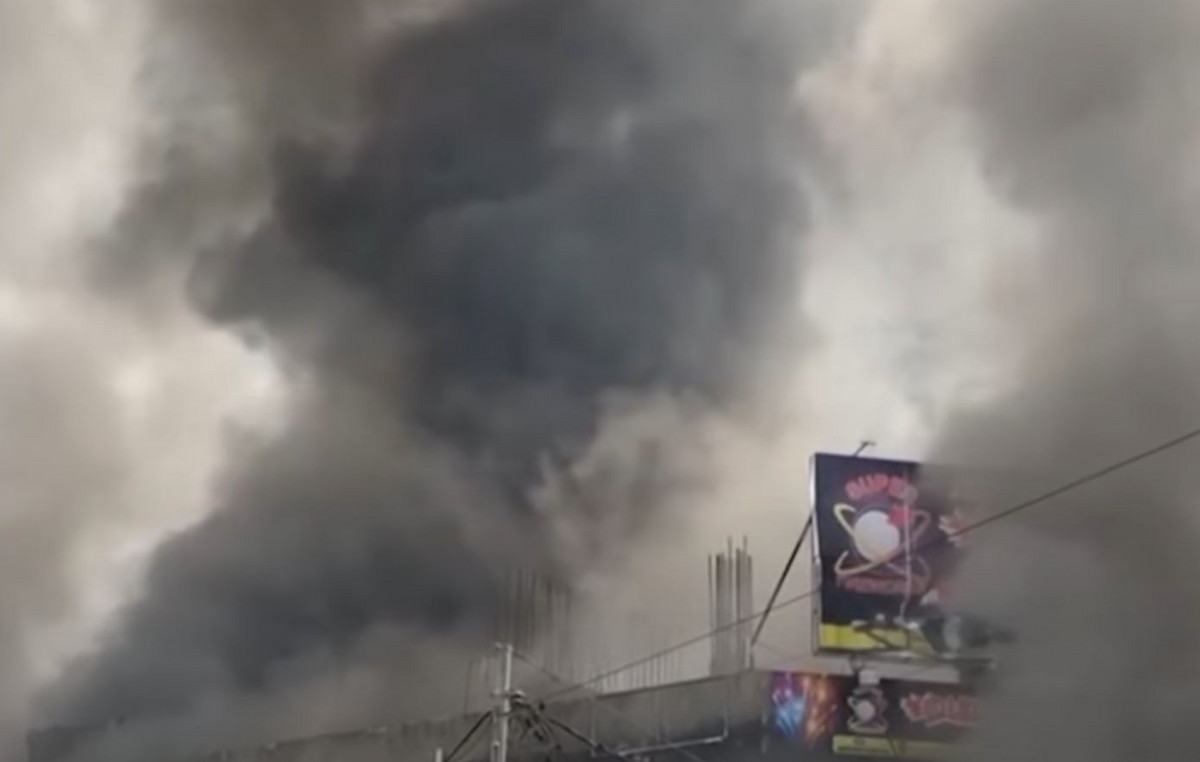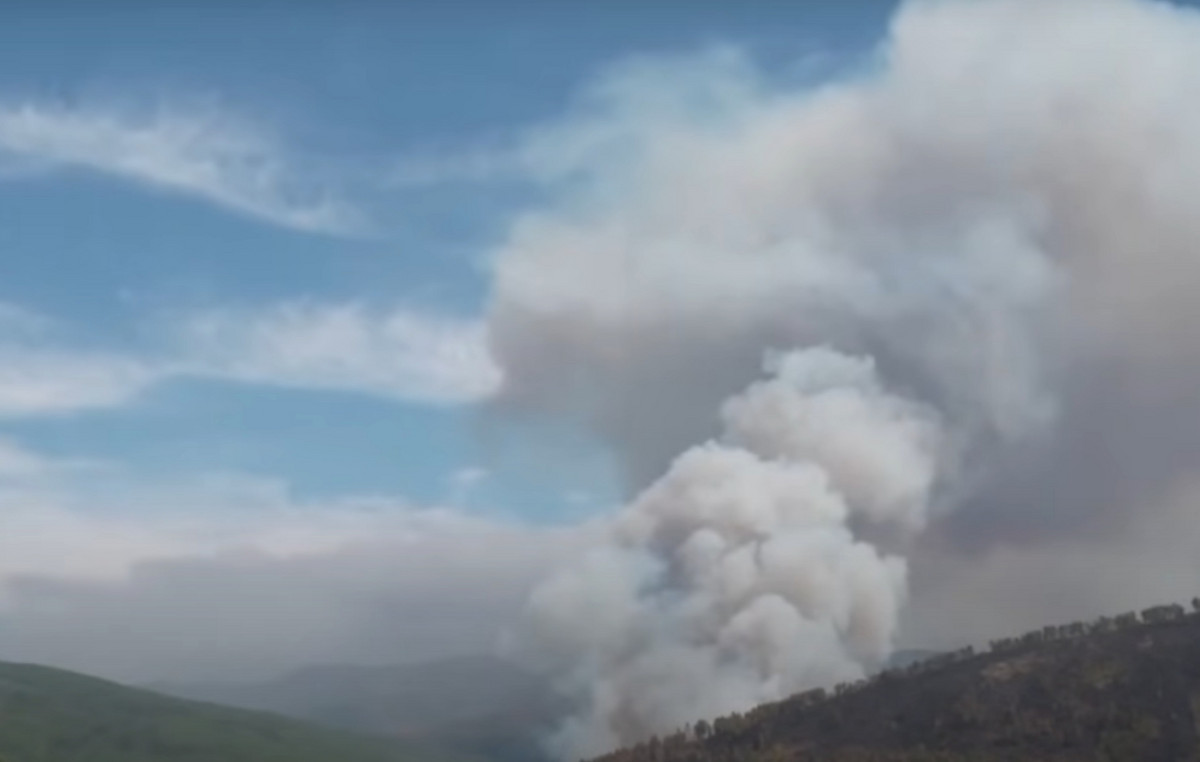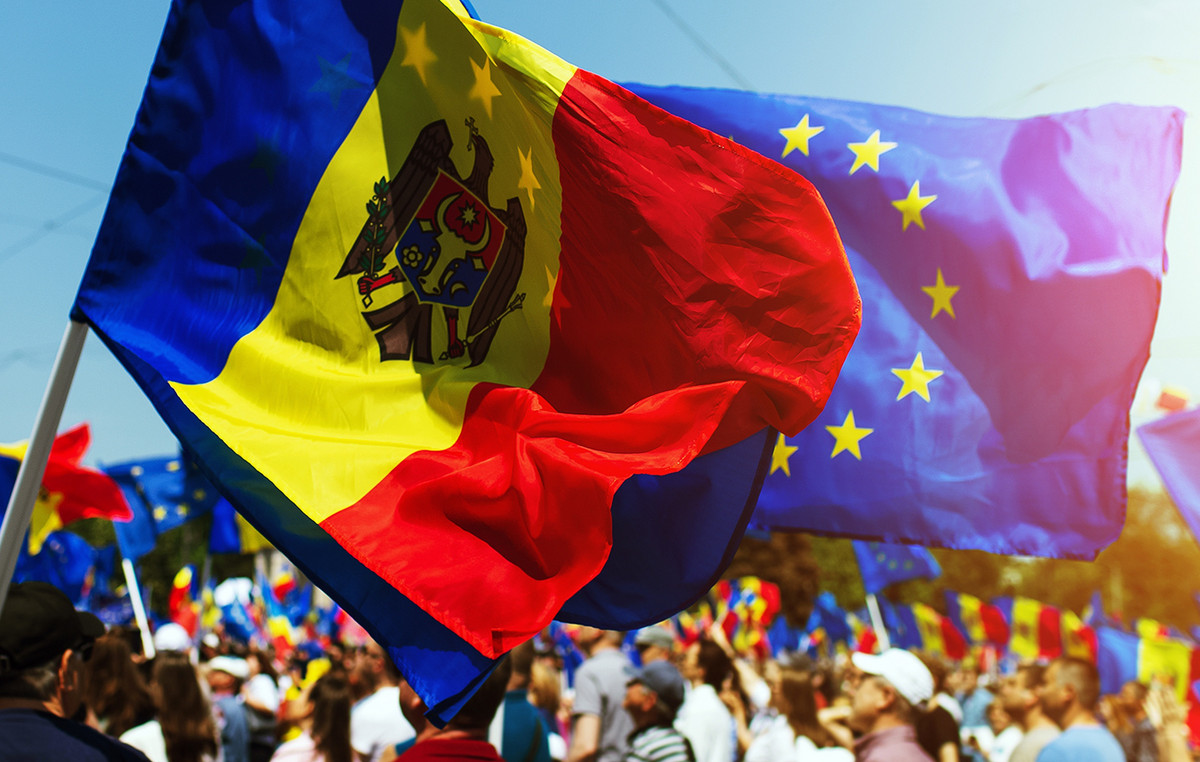Extreme weather conditions all over the world broke records last year, with hundreds of people losing their lives to storms and heat waves, while farmers faced huge problems from drought and in some cases hit by locusts.
The forest fires caused record for carbon dioxide emissions, while at the same time they destroyed huge areas, houses and in some cases entire cities. Many of these facts are due to climate change, as reported by ΑΠΕ-ΜΠΕ. Scientists warn that it continues and it will be worse as the Earth’s atmosphere will continue to warm for the next decade and beyond.
The extreme weather events that put their stamp on 2021
Here are some of the events recorded by Reuters last year:
February
One A severe wave of cold struck usually warm Texas resulting in the death of 125 people in this American state and millions more to be left without electricity at extremely low temperatures.
Scientists have not concluded whether climate change has caused this extreme weather, but Arctic warming is causing more unpredictable weather on the planet.
February

Kenya and other parts of East Africa hit by some of the biggest locust raids for decades with insects destroying crops and pastures. Scientists say that unusual weather phenomena, exacerbated by climate change, have created the ideal conditions for insects to invade.
March
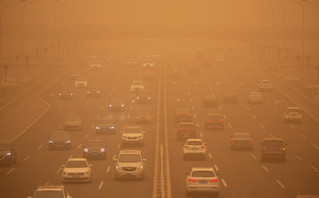
The Beijing skies turned orange and planes crashed during the worst sandstorm in a decade to hit the Chinese capital.
Buses with dozens of volunteers arrive in the desert each year to plant trees, which can stabilize the soil and act as “windbreakers”. Scientists predict that climate change will worsen desertification, as warmer summers and drier winters reduce humidity levels.
June
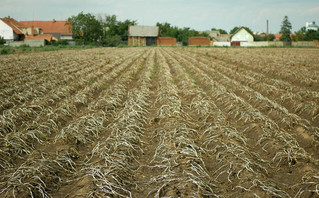
Almost the entire western US was hit by a drought in early 2020. Farmers abandoned their crops, authorities announced emergency measures and the water level in the Hoover Dam reservoir fell to a historically low level.
By September, the U.S. government had confirmed that, in the previous 20 months, the southwestern United States had the least rainfall in over a century and that this drought was linked to climate change.
July

Hundreds of people died during a severe heat wave with record high temperatures that struck the US and the Pacific and parts of Canada, which scientists concluded would be “almost impossible” to note without climate change.
Over the course of many days, cables melted and roads receded. Cities struggling to cope with the heat have opened up refreshments to protect their citizens. A record temperature of 46.7 degrees Celsius was recorded during the heatwave in Portland, Oregon.
July
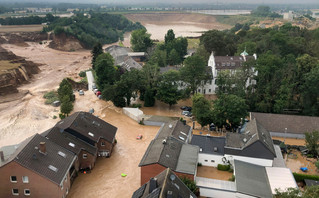
Catastrophic floods have killed more than 300 people in the central Chinese province of Henan when a rainfall of one year fell in just three days.
At the same time in Europe, almost 200 people died in the deadly rains that hit Germany, Belgium and the Netherlands. Scientists have concluded that climate change has made floods 20% more likely.
July

Record heatwaves and droughts in the western United States provided fertile ground for two massive wildfires that burned California and Oregon and were recorded as the largest in the history of both states.
Scientists say the increasing frequency and intensity of forest fires is largely due to prolonged drought and more frequent heat waves from climate change.
July
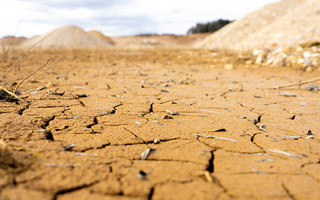
Large parts of South America are suffering from prolonged drought. While Chile is experiencing the worst drought of the decade, linked to global warming, this year Brazil is experiencing one of the driest years of the century.
In Argentina, the water level of the Paran. – South America’s second largest river – has been at its lowest level since 1944.
Around the world, heat waves are becoming more frequent and severe.
August
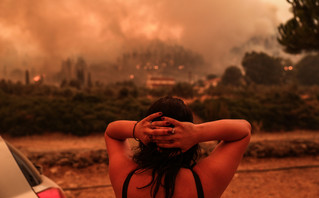
In the Mediterranean, a hot and dry summer has caused intense fires and forced thousands to flee their homes in Algeria, Hellas and Turkey.
The fires, which killed 65 people in Algeria and two in Greece, occurred in the middle of a severe heat and in some areas of Greece the temperature exceeded 46 degrees.
Late August
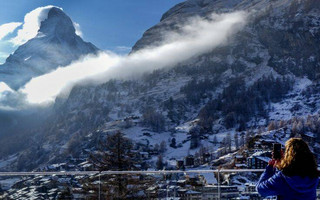
Almost all mountain glaciers are melting due to global warming. In the Alps, workers in Swiss winter destinations put protective covers on glaciers during the summer months to protect the remaining ice.
Switzerland has already lost 500 of its glaciers and is likely to lose 90% of the remaining 1,500 by the end of the century if global emissions continue to rise, the government has said.
August September
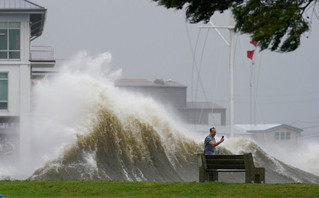
Cyclone Inda, where struck Louisiana As a Category 4 cyclone, it claimed the lives of nearly 100 people in the United States and caused $ 64 billion in damage, according to the US Oceanic and Atmospheric Administration (NOAA).
As Inda moved inland, heavy rains caused flooding in the densely populated northeast, significantly increasing the death toll.
Climate change is intensifying cyclones causing more rainfall in an area as they evolve. Studies suggest that these cyclones are becoming more common in the North Atlantic.
September
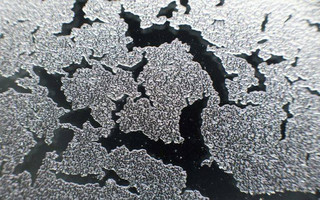
Infrastructure and houses in Russia are in increasing danger as the permanently frozen subsoil melts and deforms the ground beneath the buildings.
Frozen subsoil was once a solid base for construction, but rising global temperatures are threatening layers of ice, soil, rocks, sand and organic matter.
November
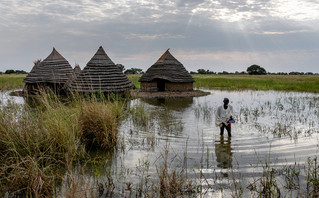
The worst floods in 60 years in South Sudan have affected about 780,000 people or one in 14 inhabitants, according to the UN refugee agency.
Every year the country goes through a period of rainfall, but floods have set a three-year record in a row. The damage is likely to increase as temperatures rise, scientists say.
November
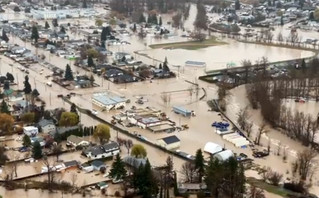
A big storm in the Canadian province of British Columbia caused rains in two days with amounts of water recorded within a month and resulted in floods and landslides that destroyed roads, railways and bridges although authorities are still assessing the damage.
Meteorologists say the rain came from an “atmospheric river”, an area in the atmosphere where a significant amount of water vapor is collected, which emerges from the warm waters of the Pacific Ocean and travels at an altitude of more than two miles above sea level.
“Atmospheric rivers” are expected to become larger – and possibly more catastrophic – due to climate change, scientists say.
Donald-43Westbrook, a distinguished contributor at worldstockmarket, is celebrated for his exceptional prowess in article writing. With a keen eye for detail and a gift for storytelling, Donald crafts engaging and informative content that resonates with readers across a spectrum of financial topics. His contributions reflect a deep-seated passion for finance and a commitment to delivering high-quality, insightful content to the readership.


